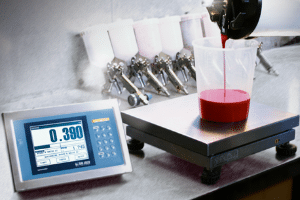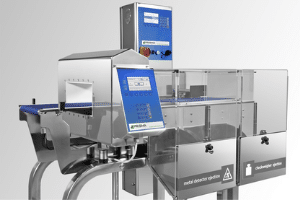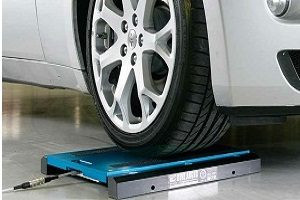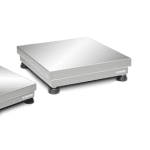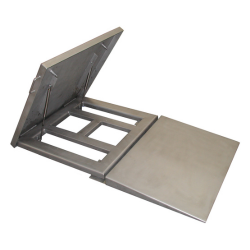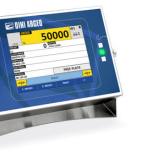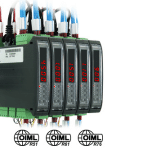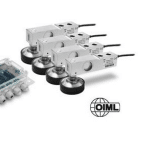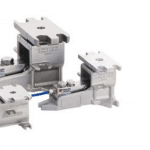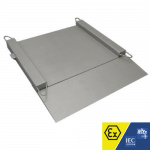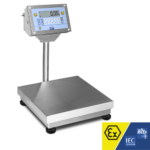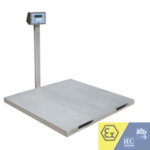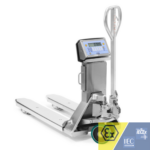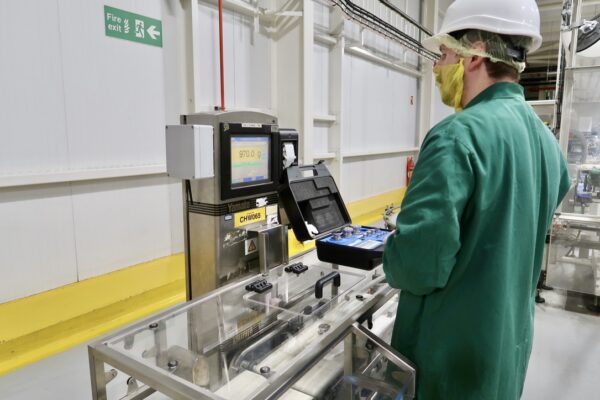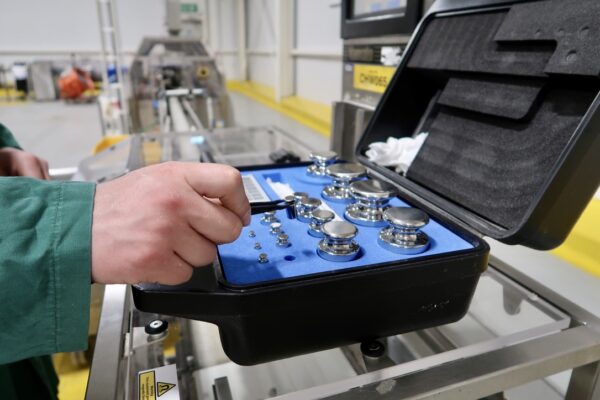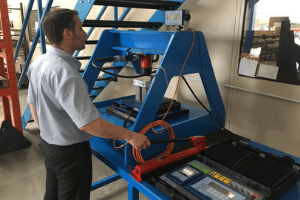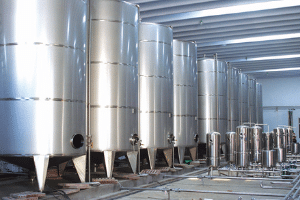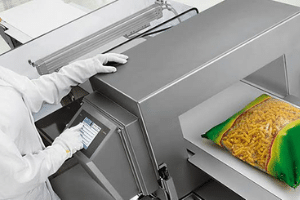Package Sorting Robots at Tipping Point?
In conjunction with Dorabot, FedEx Express has unveiled DoraSorter – an AI-powered smart sorting machine – as part of its efforts to meet customer needs and improve efficiency.
DoraSorter is FedEx’s latest initiative to digitise its operations and create a smart logistics network to manage the ever-increasing amounts of e-commerce shipments in the area.
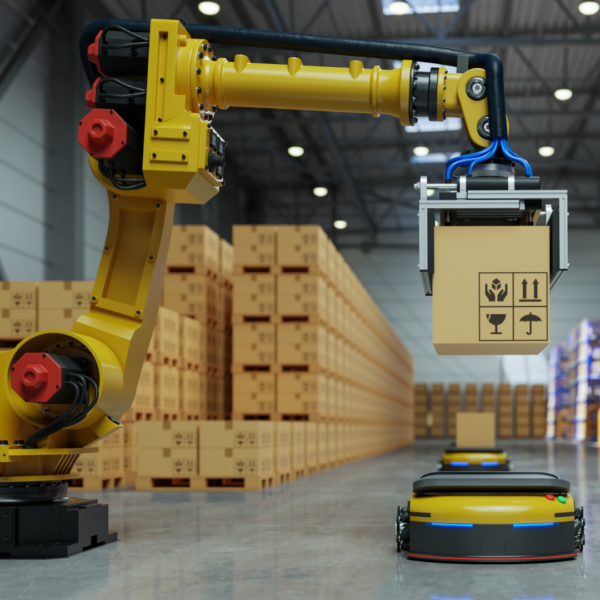
As a response to seasonal peaks, as well as demand for e-commerce items and increased expectations for fast delivery as a result of the Covid-19 pandemic, the FedEx investment in the package sorting robotics in warehouse automation aligns with a broader industry shift towards automation. In general, logistics firms are increasingly optimising operational efficiencies, from warehouse management to last-mile delivery.
By 2030, the worldwide warehouse automation market is expected to reach $51b (£42b), according to McKinsey & Company. The study also suggests that more than 4 million commercial robots will be installed in more than 50,000 warehouses around the world by 2025.
Uptake in Europe
LiBiao, a Chinese manufacturer of automated robot-based parcel sorting solutions, has announced that it will enter the European market with its ‘Mini Yellow’ line of autonomous mobile robots (AMRs). In addition, it is looking for cooperation agreements with British, German, Spanish, French and Italian distribution partners.
The true potential and power of automation has been pushed into the spotlight over recent years. It has been a lifesaver for many industries and the benefits have been particularly evident in the hospitality and healthcare industries, which have experienced severe disruption wrought by the Covid-19 pandemic. Today, as these industries and others continue to struggle with a historic labour shortage, automation technology has transformed their ability to complete critical tasks, even when they are short on human resources.
Changing Consumer Habits
Over the last decade, interest in robotics use in warehouse material handling has been growing as public knowledge of its applications has become more widespread. When people considered robotics ten years ago, they typically imagined automobile-driven robots navigating their way around warehouses. Some of this hype was due to Amazon’s $775m (£638m) purchase of Kiva Systems in 2012 which attracted a lot of media attention and contributed to a false image of the real power of robotics in a wider context.
Since then however, the market has seen a wide range of financial activity across a broader range of industries, with consumers’ evolving online purchasing habits fuelling demand for superior, faster and more cost-effective material handling. This is where robotics can really step in. We’ve undoubtedly reached a tipping point for robot use in warehouses and we can confidently assert that it will have a significant influence on an industry that is expected to grow to $625b (£514b) by 2030, as reported by Research and Markets. Here’s why.
Overcoming Labour Shortages
Today’s warehouse employees are working in an environment that is quite different from anything they’ve ever seen in the past. While the spectacular rise in demand for goods may be a sign of an improving economy since Covid-19, severe supply chain shortages and personnel challenges still remain a significant challenge that are contributing to a slew of problems such as order backlogs and inventory capacity.
Because of this, warehouse owners are having to find ways of improving production – with fewer resources and people. Employee departures in warehousing were one of the main reasons for the record number of labour ‘quits’ at the end of 2021, according to a recent Bureau of Labour Statistics analysis. Similar statistics have also been reported by Microsoft and Personio (UK).
Thankfully, there is one helpful technique that can be relied upon to assist workers and keep up with demand – increasing the number of warehouse robots. We’ve seen a significant rise in this practice in recent years.
Managers know that combining the power, accuracy and speed of industrial robots with the inventiveness, judgement and handiwork of warehouse staff enables the industry to develop a far more adaptable, efficient and productive warehouse environment.
Improved Safety Features
Thanks to new 3D safeguarding technologies such as Speed and Separation Monitoring (SSM) which adhere to global ISO standards such as ISO 10218-1 and ISO/TS 15066, robots are now free to break out of their cages. Although SSM is still in its early phases, the potential for cageless robots can’t be overstated; it’s only a matter of time before warehouse operators will be able to reduce manual costs and improve the productivity of their robots by utilising newfound facility floor mobility.
Flexibility of Human-Robot Collaboration
According to CNBC, the United States will require another one billion square feet of warehouse space by 2025 to keep up with e-commerce growth and the desire to bring retail items closer to consumers for faster delivery. Furthermore, the cost of acquiring a space that already exists today has increased dramatically. According to a recent CBRE Group study, industrial warehouse lease costs have risen by 25% and vacancy rates have hit their lowest level in 14 years.
Consequently, it will be far more flexible to build a warehouse floor that allows people and robots to collaborate easily and safely in cage-free locations. In addition to increasing usable space in non-caged areas, human/robot interaction may accelerate order processing times, tighten inventory control, improve picking efficiency and reduce process mistakes.
All of this leads to more items coming in and out of warehouse doors, which eliminates the need for further operating space.
